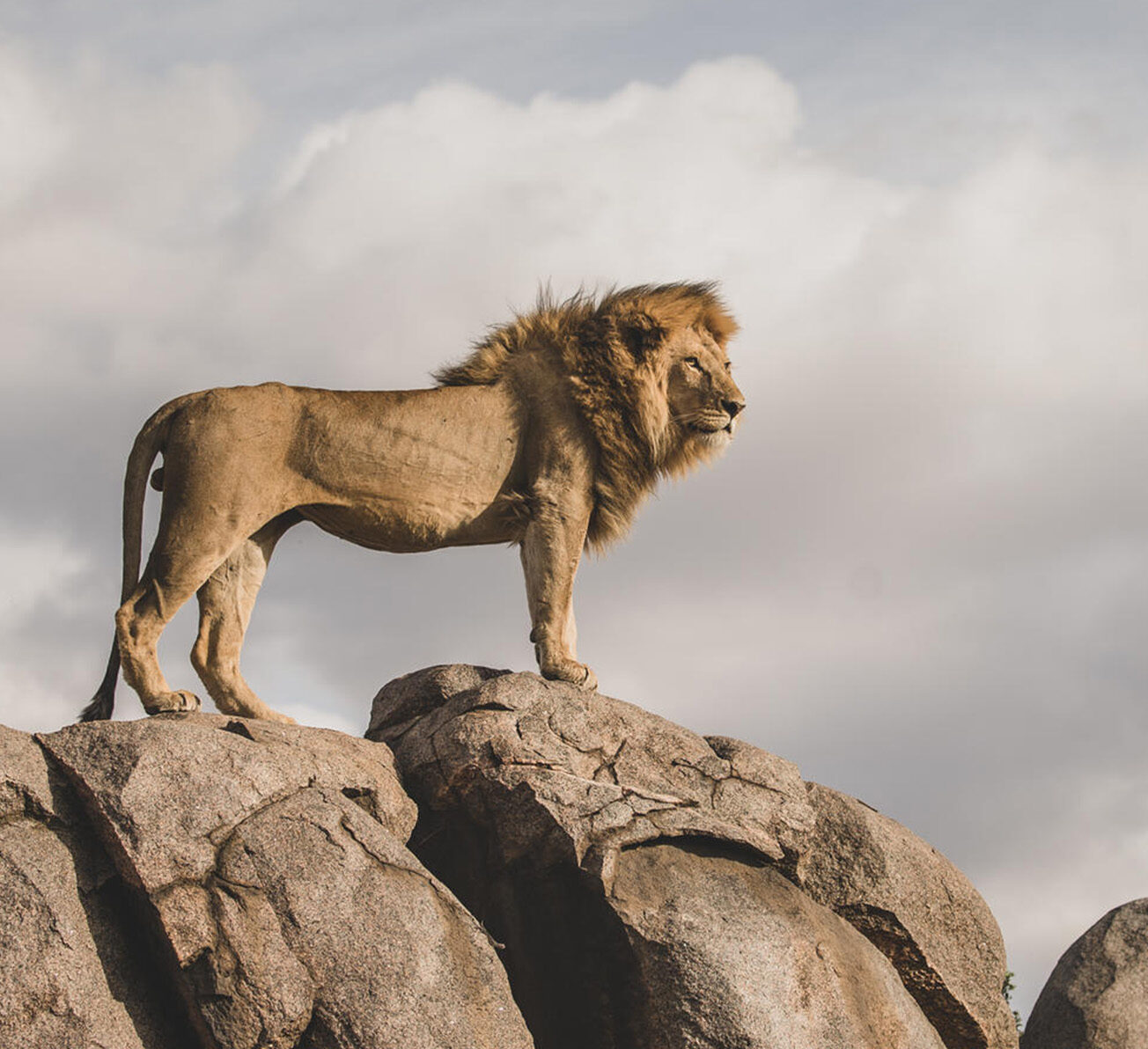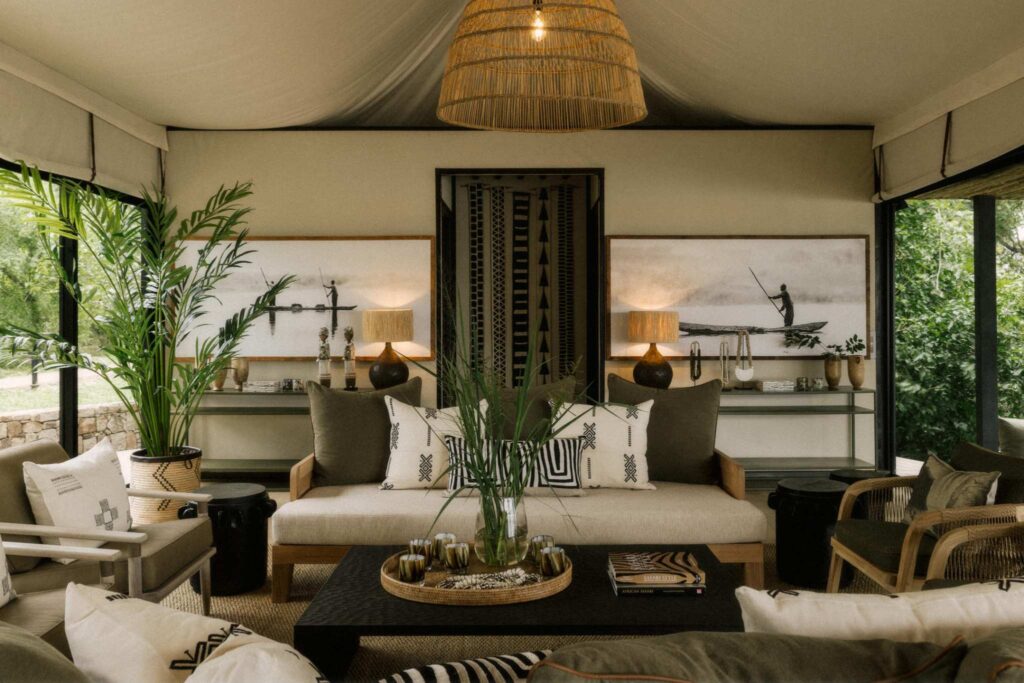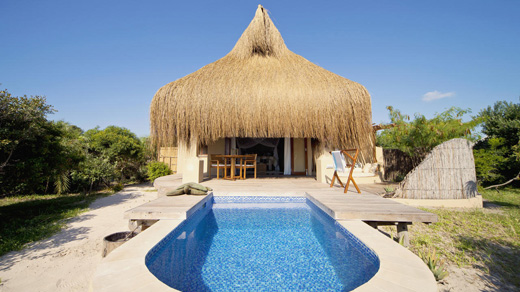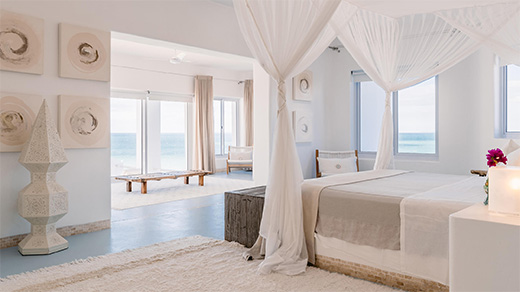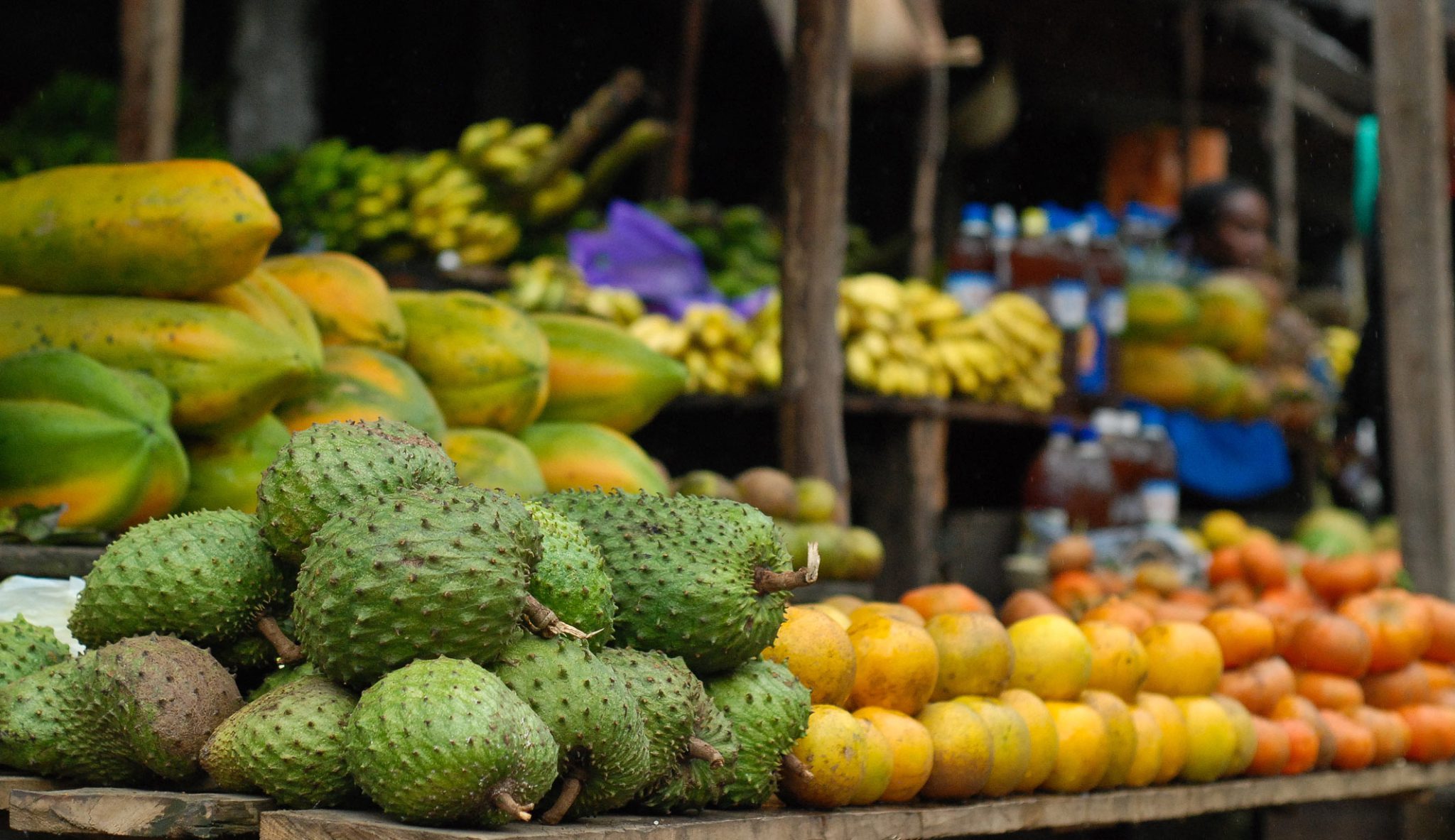
1000 Views of Madagascar
- 12 Days
-
- Madagascar
-
- Small Group Tour
-
- Wildlife Safari
Trip summary
- Duration
-
12 Days
- Departure Date
-
- Scheduled Departures
- Travel Style
-
- Small Group Tour
- Group Size
-
- 4-10 Guests
- Destination
-
- Madagascar
- Experience Type
-
- Wildlife Safari
• Search for lemurs on a night walk in Andasibe
• Connect with the Malagasi locals in Antsirabe
• Hike the waterfalls and stunning “swimming pool” in Isalo National Park
• Experience the Vezo fishermen’s way of life on the beach in Ifaty
Discover the best of Madagascar during this fascinating tour with lemurs, colourful tribes, tropical beaches, and ever-changing scenery. Begin your adventure in Tana and travel through unspoilt nature, the dense forests of Andasibe, and the lush hills of Antsirabe, Fianarantsoa, the impressive canyons of Isalo National Park, to the beaches of Ifaty and the town of Tuléar. This unique scheduled safari operates between the prime months of April and November.
Please note: A suitable vehicle will be allocated to the tour, depending on the number of clients booked and depending on availability.
Inclusions
- Lodge / Hotel
- 11 Breakfasts
- Game Viewing
- Nature Drives
- Nature Walks
- English Speaking Driver/Guide
- Entrance Fees
Trip itinerary
On arrival in Antananarivo, the capital of Madagascar, you will be welcomed and provided with assistance by friendly staff and transferred to your hotel.
Accommodation: 1 night Palissandre Hotel (or similar)
Located on a hillside, in the centre of Antananarivo, Palissandre Hotel overlooks the famous Avenue of Independence and is a perfect base to discover Antananarivo.






Departure: 10h00
Distance: 150km
This morning you will start your journey to Andasibe through the green and luxuriant vegetation of eastern Madagascar. This first step brings you to a very humid part of the country with many primary forests and lakes. Along the way you will see Merina villages in the Rocky Mountains. Arrive at Andasibe in the afternoon and check-in to the hotel. This evening, depart from the hotel at approximately 18h00 on a night walk in the area of Andasibe to observe night active lemurs and other nocturnal animals. Return to the hotel and overnight. (B)
Accommodation: 2 nights Mantadia Lodge (or similar)
Located on a hill giving panoramic views of the surrounding forest. Offering 25 rooms including twin bedded and a family suite, all rooms provide the comfort and are equipped with Wi-Fi, cable TV and a terrace that offers a panoramic view as well as an inside living room and a wood burning stove for the cooler season.
The restaurant was designed with large windows in order to provide a spectacular view, as well as a 40 square meter terrace for a unique lunch. Your stay will also be enhanced by a calm living room with a reading area and a bar. In the morning you might be awakened by the singing of the Indri Indri, a kind a lemurs that can only be found here, in the park of Andasibe.






Today you will start your morning with a visit to the Special Reserve of Andasibe to see the Indri, the largest lemurs on the island. This 810 ha reserve is unique with its endemic fauna and flora and contains a wide variety of orchids, canopy, and endemic animals like chameleons, tenrecs, and many birds. In the afternoon, visit the V.O.I.I.M.A community reserve. This reserve provides a sustainable way of saving the remaining rainforests in the area by creating a livelihood for the local communities through reforestation projects. Here you will also come across a variety of wildlife, ranging from brown lemurs, indri, chameleons, geckos and birds. We overnight at the same hotel. (B)
Distance: 309km
You will have an early start and drive back to Tana, then head west across the highlands to Ampefy, a fertile volcanic area. The spectacular eroded hills called ‘lavaka’ remind us of the Far East with its rice fields and green landscape with vegetables and fruit trees. (B)
After a quick lunch stop in a forested area, you will arrive in Ampefy in the afternoon and visit the thundering Lilly Waterfall. Continue your journey through small villages and arrive in Antsirabe around 18h00. ‘The place of salt’ is an elegant city and known as the centre of the beer industry - you can smell the Star Brewery as you enter the town! Founded by Norwegians in 1856, it is the only place which really feels and looks like a European city. It has a temperate climate and therefore fruit and vegetables which grow in colder climates, are found in Antsirabe.
Accommodation: 1 night Plumeria Hotel (or similar)
Plumeria Hotel is situated in the heart of Antsirabe in Madagascar. The rooms and suites at the hotel feature private bathrooms, TVs, and desks. Plumeria Hotel offers guests an on-site restaurant, a Jacuzzi, and a sauna. Popular area attractions include Lake Andraikiba, Lake Tritriva, and Mount Ibity.






Distance: 250km
After breakfast drive to Ambositra, the centre of Madagascar's wood carving industry. In the highland, which is characterised by its architecture, the houses are made with ornately carved wooden balconies and shutters with bright colours. Further on, pass the ‘le col de tapia’, a type of tree, which resists to the bush fires of the area. The landscape is still dominated by rice fields, pine forests, eucalyptus trees and rocky mountains. Later reach your destination for the day: Ranomafana National Park. (B)
Accommodation: 2 nights Setam Lodge (or similar)
Being the closest lodge to the National park, at 1.1 mile, it is a great location to be able to explore the park. Open your window and you are here – already bathing in the vivifying and genuine nature around you, the way you feel will be unforgettable. The concept of an Ecolodge is ruled by several requisites of which the necessity to be in perfect harmony with the environment and to offer an excellent level of comfort.






The approximately 40,000 ha of Parc National de Ranomafana with its rainforest covered hills and abundant wildlife, has long been considered one of Madagascar’s highlights, and is one of the country’s national parks most heavily visited. Its entrance lies about 7 km from Ranomafana village and altitudes in the park range from 800 m to 1,200 m. In addition to its densely forested hills, Ranomafana’s terrain is characterised by numerous small streams which plummet down to the beautiful Namorona River. Although much of the region has been logged, the easternmost part of the park retains relatively large areas of primary forest. You will go for long walks in the National Park spotting some of the lemurs, chameleons and other animals. (B)
Distance: 355km
Returning on the road you came on, leave Ranomafana and visit a local wine farm for wine tasting near Fianarantsoa ‘the city where one learns good things’. Note that visits to the wine farms may not be possible over weekends. The city is the gate to the South, the capital of the Betsileo tribes and the centre of the catholic religion. Most of the best schools in the country are also found here. Fianarantsoa is the centre of wine industry - the climate is said not to be ideal for grape vines, but it is a tradition left by the priests and monks who lived in the area of Fianarantsoa. You will then head southwards to Ambalavao and visit the ‘Anteimoro Paper Factory’ which is a vestige of the Arabian civilisation on the island. You will also visit Anja Park – a community run park where you can see some families of ring-tailed lemurs, also known as “Lemur Catta”. (B)
Continue to Ihosy the capital of the Bara tribes, who are shepherds of Zebu, and further on pass through the mountain chain of Andringitra, which serves as a transition between the dry south and green highlands with its famous ‘3 hillocks’ and its huge ‘archbishop's cape’. Along the way you will see from afar a spectacular huge granite dome with twin rock towers called ‘the gate of the south’, which in fact marks the end of the highland and the beginning of the south. The ‘Bishop's hat’ is another noticeable, imposing formation and a sacred location for the local people - a place where their ancestors chose a collective suicide rather than to give in to the Merina tribes. Pass through the huge ‘Plateaux de Horombe’ with its very deep red soil, which reminds us of ‘the no man's land’ and arrive in Isalo.
Accommodation: 2 nights Isalo Rock Lodge (or similar)
Isalo Rock Lodge is a modern and stunning 60 room retreat, positioned high in the Sandstone Mountains, overlooking the Isalo National Park in south western Madagascar.
The views from the lodge are breathtaking. Isalo is home to many species of flora and fauna, including, the Giant Chameleon and the renowned Lemurs.






Today, you will visit and hike in the Isalo National Park. The park covers an area of 81,540 ha, comprising of the entire stretch of the Isalo massif. This huge mountain is very spectacular with its eroded sandstone elevations. After a 10 minute drive from Ranohira village, walk about 1½ hour to reach the natural swimming pool. Along the way you will see vegetation like Uapaca bojeri, Pachypodium rosulatum or ‘elephant's foot’ and Aloe isaloensis, a native species of aloe endemic to Isalo. (B)
The eroded mountains also served as a place where the Bara kept their dead before they could bury them in their actual tombs. Start your climb and reach the massif after walking about 20 minutes, where you will have a spectacular view of the huge sandstone mountains with its beautiful colours and its strange and battered formations creating many different images like ‘the tortoise’, ‘the masks’ and ‘the crocodiles’. You will see small streams of water, and rivers which are marked by lines of brilliant green, generally made up of numerous Pandanus pulcher and the delicate, slim-stemmed, feathery leaved palm Chrysalidocarpus isaloensis. Along the way, there may be sifakas, brown lemurs and ring-tailed lemurs, as well as 55 species of birds, lizards and snakes. You finally reach the swimming pool, with its crystal clear water - a great reward after a long and very hot walk.
Distance: 265km
After breakfast, continue to Tuléar, the terminal of the National Road N° 7. This part of your journey brings us to new scenery among the dry forests of the west and the spiny desert of the south. (B)
On the way, admire the different ‘Mahafaly tombs’ and the ‘Antandroy tombs’. After a short visit of Tuléar drive to Ifaty, which lies about 27 km from Tuléar. Due to the bad condition of the road, it will take about 2½ hours to reach Ifaty, the driest part of the country. Situated in the Deep South, the landscape is dominated by the cactus-like, spiny forest of different euphorbiaceae and didieraceae. You will cross the dry and sandy soil where the local people battle to find drinking water. Mangrove trees line the coast alternated by Vezo communities which earn their living from fishing. You will see many small pirogues with men who go out fishing twice a day, while children and women wait on the coast to collect the fish before taking them to Tuléar for sale.
Accommodation: 2 nights Le Paradisier (or similar)
Situated on the south end of Madagascar just north from the city of Tulear, Ifaty is a tranquil haven for escaping from the hustle and bustle of big city life. Hotel Le Paradisier is encircled by heavenly surroundings and is a wonderful establishment for blissful relaxation. The charming hotel built from natural local materials blends in harmoniously with the environment.
The twenty en-suite stone and thatch rooms all face Ifaty Lagoon. They are simply but tastefully styled, and have mosquito nets over the beds and standing fans to keep the air cool. Outside you’ll have your own lounger and are just a few steps from the beach. There is a great infinity pool, which is particularly useful at low tide when the water in the lagoon goes out quite a way.




Ifaty lies on the beach. It is therefore an ideal place for diving and snorkelling and a popular place for birdwatchers. Here you can also experience the Vezo fishermen's life. Many excursions are possible on this leisure day. Visit the Reniala Forest where you can see two kinds of baobabs, spiny bush, reptiles like ‘boa madagascariensis’, geckos and the ‘chameleon parsoni’, which is one of the largest chameleons in the world. You can also take a boat trip to see whales. From July to mid-September, whales come to the cool seas of Madagascar to give birth to their young. It is a spectacular experience, and it is possible to see the whales very near to the boat. Situated in the largest lagoon of the country, Ifaty is also protected by a large coral reef, which makes it an ideal place for diving and snorkelling. In the afternoon you can walk to the village of Mangily to visit a local school and experience the Vezo fishermen's way of life, especially as they return from fishing. (B)
Distance: 20km
Early in the morning at around 06h00 transfer to the airport for the flight back to Tana (flight cost not included). After check-in at the hotel, you have the afternoon free to explore and to do some sightseeing. The capital of Madagascar is also called the ‘City of Thousands’ and it is where the first King started to unify the different kingdoms of the island. Tana was built in three stages: The high city, the first area occupied during the regal period where the old queen's palace is situated; the mid-city, where all the chic boutiques of the capital are found; and then the low city, which is the commercial area of the town. Walk from the high city to see the Rova, the queen's palace, and the house of the first minister during these days, which is now a museum. All of these were built by Frenchman Jean Laborde during the royal period. The mid-city, or the administration area, ends at the Rainiharo tombs and the lower town is situated in the main avenue called ‘L'avenue de l'independence’ dominated by the railway station. (B)
Accommodation: 1 night Palissandre Hotel (or similar)
Located on a hillside, in the centre of Antananarivo, Palissandre Hotel overlooks the famous Avenue of Independence and is a perfect base to discover Antananarivo.






After breakfast/check-out time you will be transferred to Antananarivo Airport for your onward flight. (B)
Trip Gallery























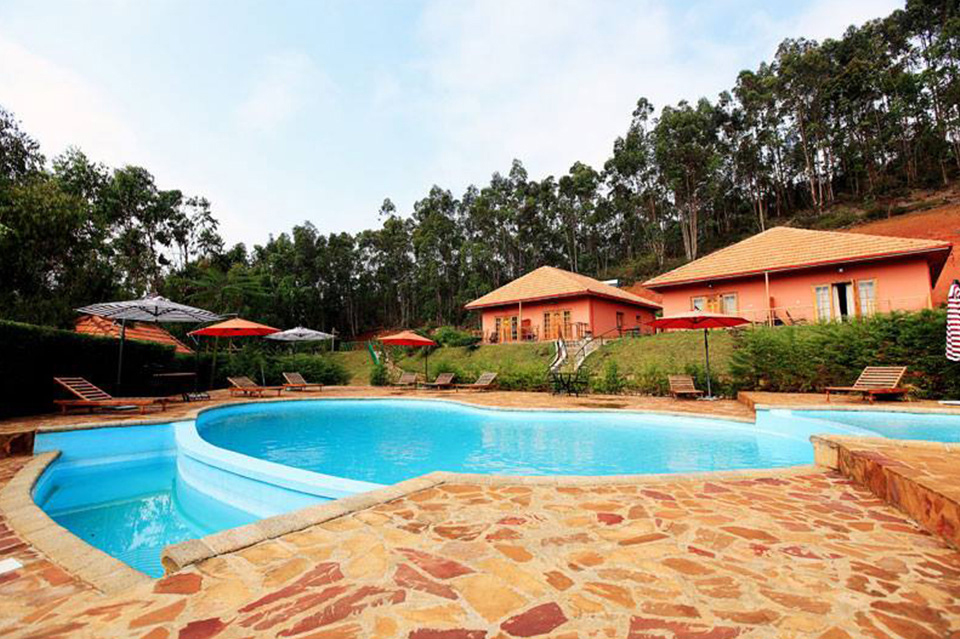
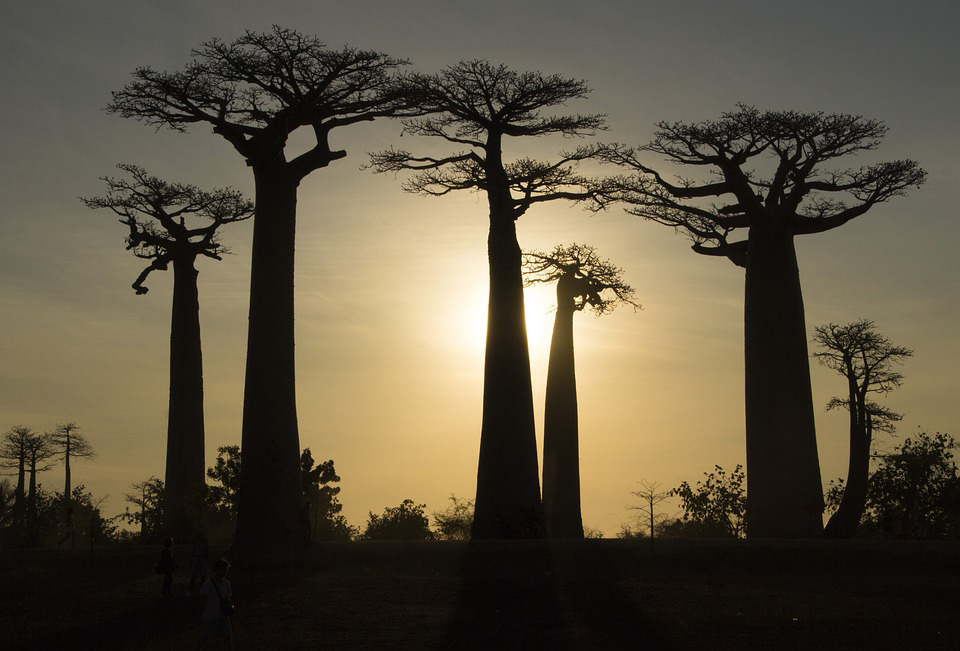
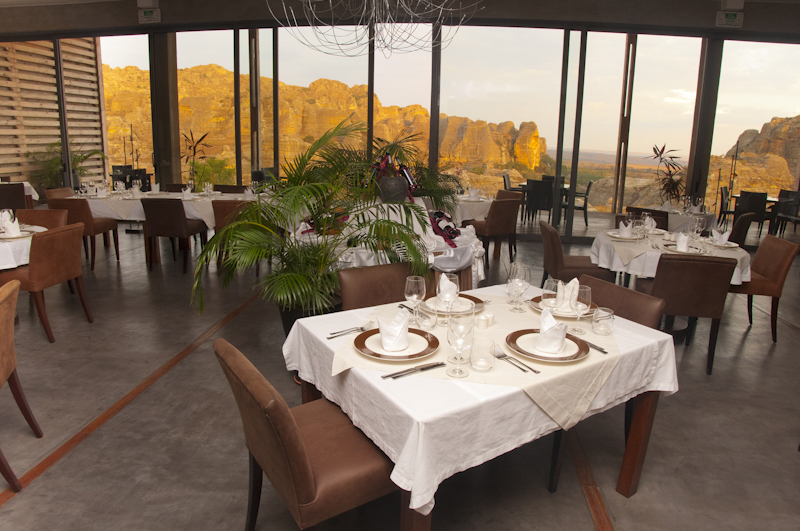
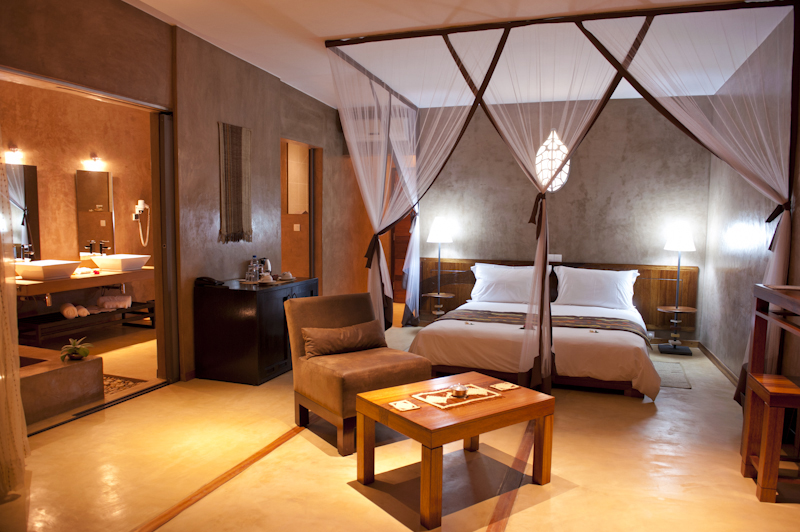
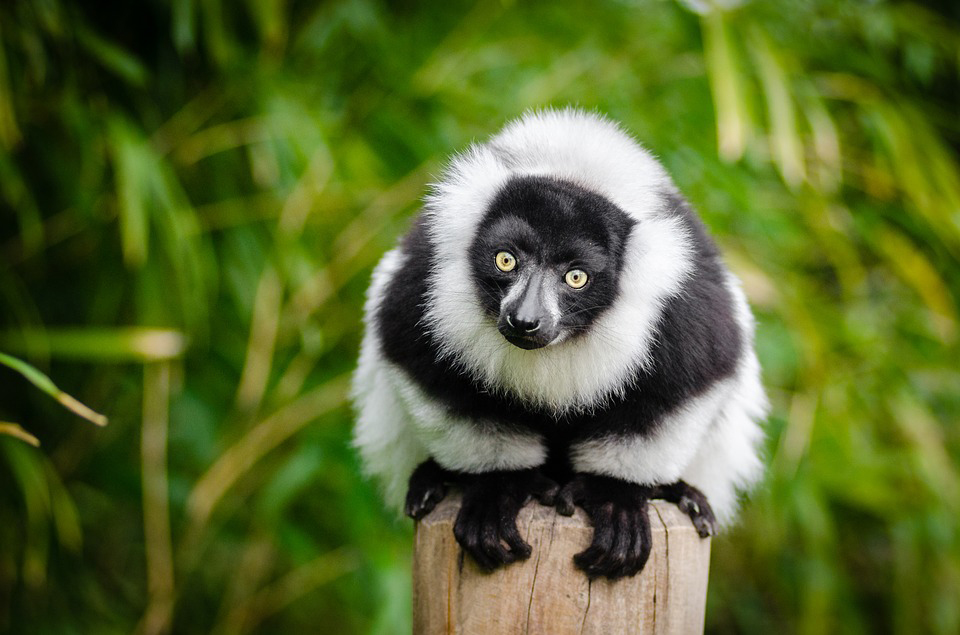
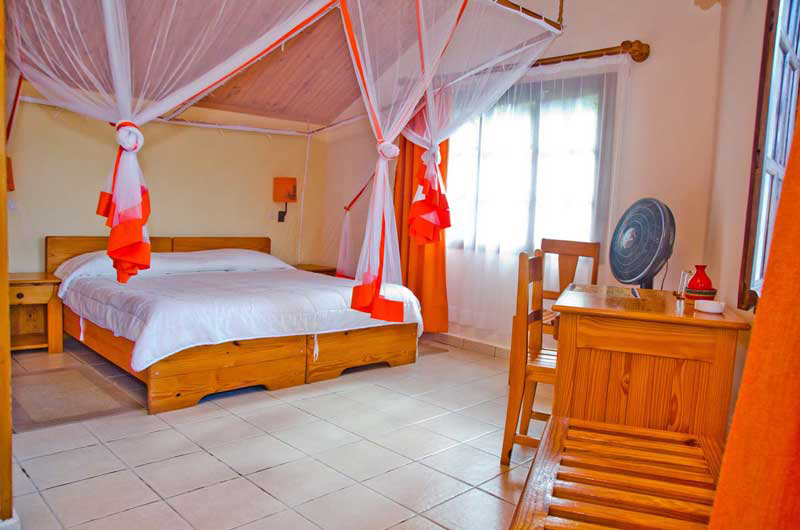
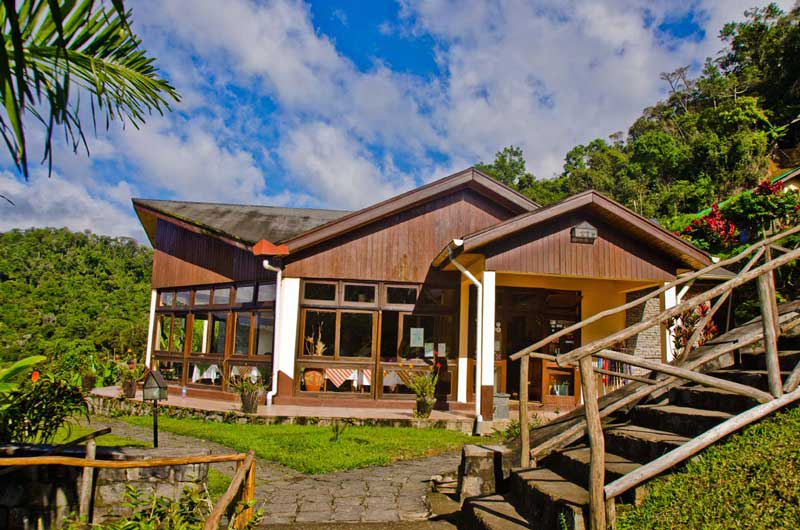

Disclaimer: The images highlight both included activities and optional experiences, designed to inspire you to tailor your safari. For full details, please refer to the experience inclusions.
Dates & pricing
Disclaimer
Prices shown are per person based on twin share. Seasonal supplements and minimum night requirement may apply. Solo traveller and extra night prices available on request. Luggage restrictions may apply. International flights not included.
Disclaimer
Prices shown are per person based on twin share. Seasonal supplements and minimum night requirement may apply. Solo traveller and extra night prices available on request. Luggage restrictions may apply. International flights not included.
Send us an enquiry for more information
Selected trip dates
-
1000 Views of Madagascar


